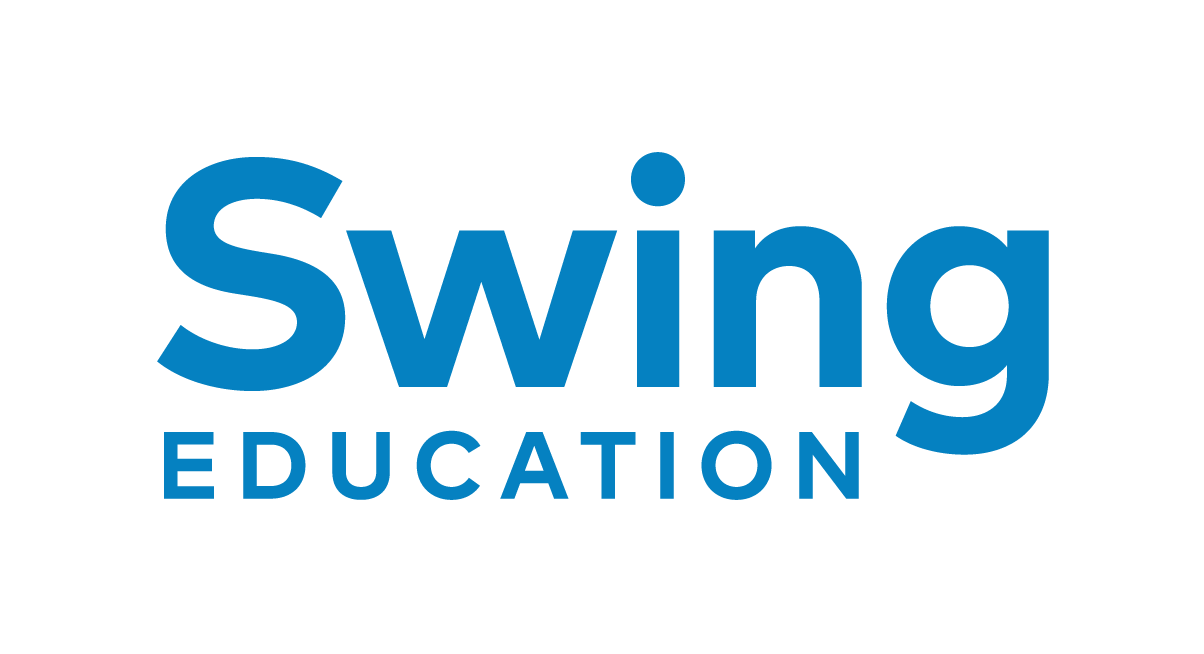24 January 2018

How long have you been working with Clojure or ClojureScript?
Swing Education has been working with Clojure and Clojurescript since being founded in early 2015. Personally I’ve been working with Clojure since late 2013.
How big is the team you have using Clojure or ClojureScript?
Our current engineering team currently consist of three full-time engineers. Our codebase is essentially 100% Clojure. We are actively hiring for Q1 2018 and hope to grow the team to five engineers and one person that is more designer/UI-UX-focused but will still likely end up working with Clojure.
What product or service are you building with Clojure or ClojureScript?
Our primary product is an online marketplace for schools to issue requests for subsitute teachers. We help schools access more subs and try to automate via software tedious work associated with managing a pool of substitute teachers (recruiting, screening, payroll, etc.). Our network provides subs with a wider range of work opportunities to gain experience and build their professional network.
What Clojure or ClojureScript library have you enjoyed working with the most?
Strictly speaking perhaps not a library, but regardless Datomic has been extremely enjoyable to work with. A small subset of the highlights:
Being able to treat the database as a value has made most of our code extremely deterministic and removes many different classes of potential errors due to "oh this value changed during execution" since the db value is consistent.
d/transact returns the resulting db value after transacting which removes issues that traditionally occur with reads after writes with read-replicas.
tx-data being represented as simple vectors and maps allows us to compose transactions elegantly and makes it much easier to programatically generate code that either creates or modifies multiple entities at once.
The transaction listener queue is an elegant way to listen for data changes that require notifications to get triggered without tight coupling to the point at which the transaction was executed. If our notification process needs to shut-down or restart, we can use d/tx-log to walk through the log again (lazily no less!) from our last known notification point.
d/as-of and d/since have been used to help time-travel to understand what a user was seeing at a particular time or what the system saw when it was executing. Both bugs and correct behavior have been confirmed this way in production when used in combination with code that expects the database as an argument.
Transaction metadata allows us to easily record who did what when how and why and then both query against as well as use the corresponding tx-log entities as arguments for d/as-of and d/since to understand what happened in the system.
Testing and developer setup is massively simplified with speculative transactions via d/with and the in-memory database allowing us to not have an external process to manage or setup.
Database filtering via d/filter provides an elegant way to re-use
queries. For instance, we have queries that report on total
activity on our system, and then re-use the exact same query but
with a database filter applied to a breakdown by geographical
region or scoped by time (requested created within past 7 days,
past month, etc).
Note that this is somewhat less efficient than writing a separate function to do the aggregation on a per-region level during a single pass, but for us the total dataset is still fairly small so the CPU processing time is irrelevant. It is more important to us to be able to flexibly filter out data from the query and can’t beat the ease of implementation …
Lazy iteration via d/datoms and d/index-range based off of a db
value! Most of our data processing operates on one small subset of
data at a time or merely requires minimial aggregation state.
Doing this via a traditional SQL based system is difficult since while you can write Clojure functions to generate a lazy sequence of LIMIT/OFFSET calls your view of the world isn’t consistent.
What about working with Clojure or ClojureScript gives you the most value?
The most valuable property to us is that there is only one programming language that is used everywhere and allows us to share code between the database (either via jars loaded onto the transactor classpath or via transaction functions), web server, and client.
What is your favorite feature of Clojure or ClojureScript?
Probably host inter-op. The ability to leverage existing libaries in both ecosystems via interop if necessary allows Clojure/Script to piggyback off of these huge ecosystems while providing additional value on top.
Why is using Clojure or ClojureScript valuable to your business?
Clojure allows us to develop code more quickly via REPL-driven development. The resulting code is typically less bug-prone because everything is immutable and functions are re-entrant, and also makes testing much easier. The facilities provided for reducing boilerplate via macros and emphasis on data allow for better re-use and results in less code duplication and higher order programming.
Our code has been fairly easy to maintain because of the emphasis on simplicity and stability from both the core language and the wider Clojure open-source community.
What is your stack?
On the server side, we use Datomic with DynamoDB as the underlying storage. Our web servers run http-kit. We use Compojure for routing and Sente for real-time communication.
On the client side, we use DataScript and Reagent for web clients, and also have a mobile app implemented in ClojureScript on top of React Native for iOS.
If you'd like to share your Clojure story, please complete this form.